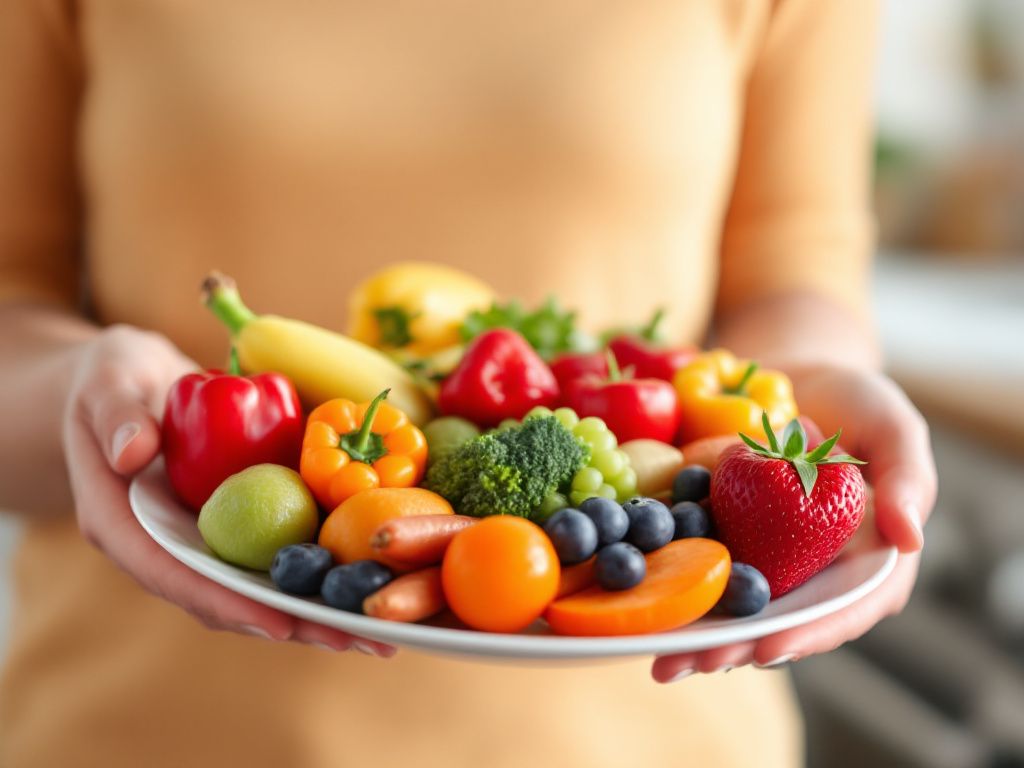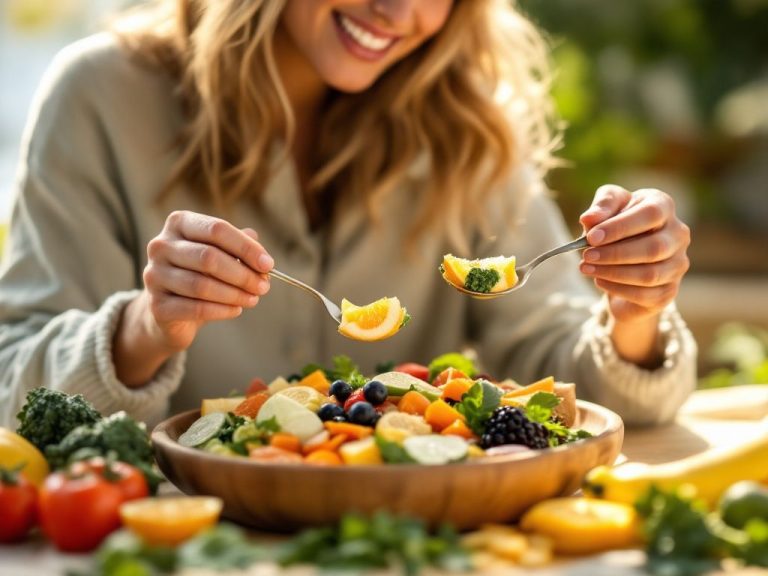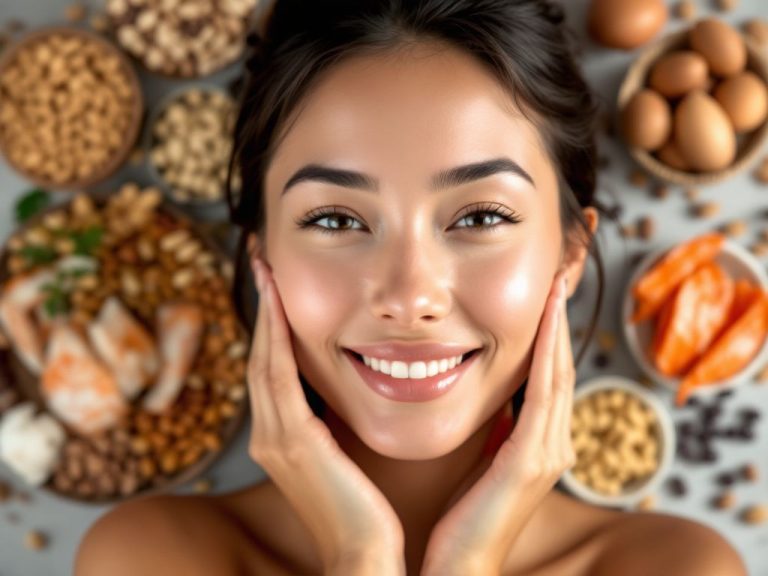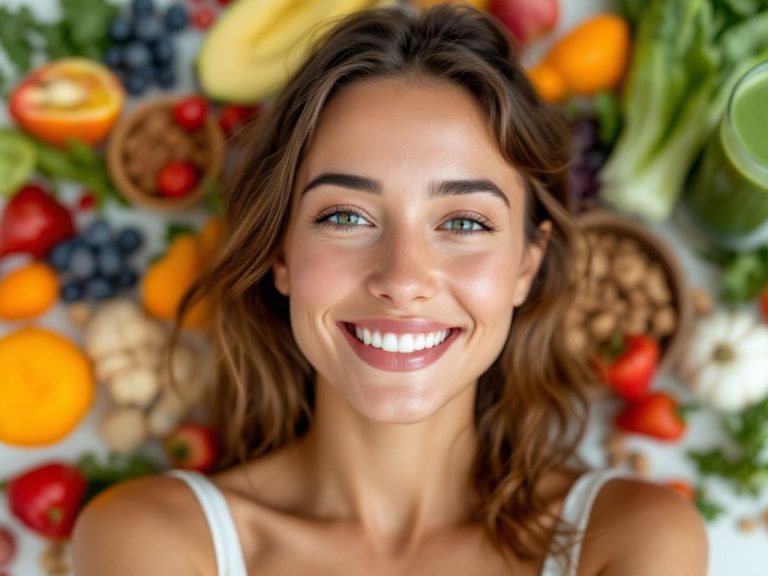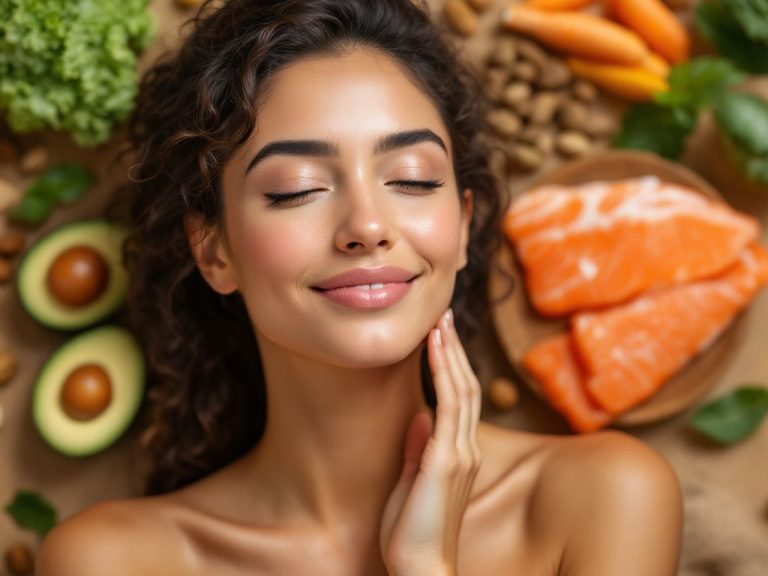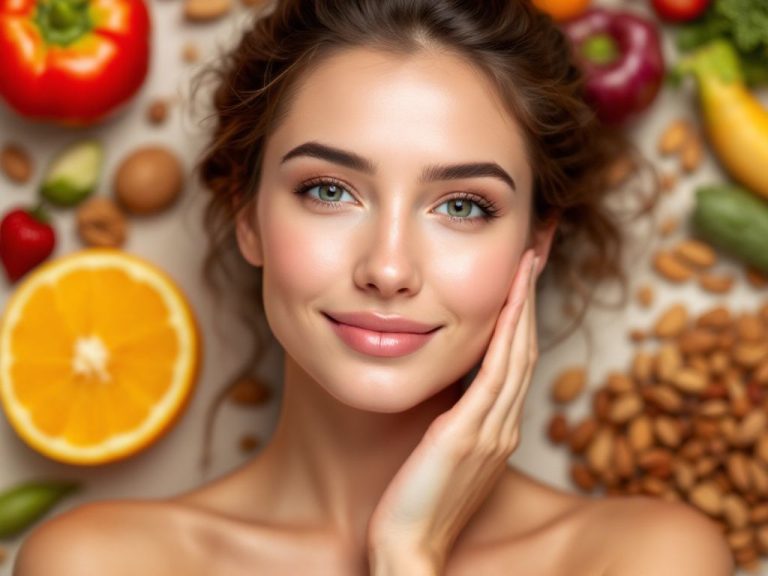Acne! It’s that unwelcome guest that just refuses to leave. Seriously, why? It’s something we’ve all battled at one time or another—those pesky, unwelcome bumps that love to make themselves at home on our faces. But, what if I told you that what you’re eating might be waving the flag and saying ‘hey, come on over’? Well, buckle up your seatbelt because we’re diving right into the foods to avoid for acne. By the end of this, you’re going to be armed with some seriously effective strategies to help keep your complexion on point.
Table of Contents
ToggleThe Connection Between Diet and Acne
Okay, let’s cut to the chase. The old saying “you are what you eat” definitely holds water when it comes to skin. Your skin is like this giant hamster wheel that continuously reacts to everything you put into your body. Here’s what happens with acne: certain foods trigger imbalances in hormones and inflammation, just loving the chaos! This can lead to breakouts that, let’s face it, nobody has time for.
Before we dive into the specifics, imagine your skin as the proverbial canary in the coal mine. It’s giving you signals, and often, these signals are tied to the bombardment of not-so-great foods making their way into your routine. Avoid these bad boys and you might just see a difference—and not only on the surface.
The Main Offenders: Foods to Avoid
Alright, time to get down to the nitty-gritty. What exactly should we be kicking out of our diet to keep those breakouts at bay? Below is your cheat sheet, or if you will, your culinary red flag list.
1. Dairy Products
Here’s the skinny on dairy: the hormones found in cow’s milk can interfere with our own hormone balance, leading to acne inflammation. Milk, cheese, and ice cream, while delicious, could be your skin’s worst nightmare. Want to make a quick switch? Try almond or oat milk—they’re a great alternative that won’t bring that unwanted side effect.
2. High Glycemic Foods

Ever noticed how after eating a hearty stack of pancakes or a massive bowl of pasta, your skin doesn’t exactly cooperate? This can be due to high glycemic foods spiking your blood sugar levels, causing a surge in insulin, which can lead to more dramatic hormonal acne. Opt for low-glycemic alternatives like whole grains and quinoa to keep your blood sugar and skin’s happiness intact.
3. Fast Food and Greasy Meals
Who doesn’t love the occasional cheeseburger or pizza? But let’s face it, these greasy delights come with a side of acne for many people. The high amounts of both fats and carbs in these foods can cause breakouts. Perhaps next time, give grilled chicken or a fresh salad a whirl—you may notice your skin singing a happier tune.
4. Chocolate
This is the tough one — chocolate can be a lightning rod for breakouts, especially ones high in sugar and dairy. For those of us with a sweet tooth, dark chocolate is a lesser evil thanks to its lower sugar content, but even this should be consumed in moderation.
5. Sugary Treats
Sugar’s got a bad rap for a reason—it’s acne’s BFF. Sugary snacks and soft drinks can cause a sharp rise in blood sugar and insulin, triggering inflammation in the skin. Try curbing your desire for sugar with natural options like fruits, which still have that sweet factor but without the harsh effects.
Sneak in Some Alternatives
Now comes the part where we make our new clean eating canvas a masterpiece with delicious alternatives! Trust me, your taste buds are going to embrace these healthier options like they were floating on cloud nine.
Fruits and Veggies Galore

Amp up on things like berries, kale, and sweet potatoes. These are loaded with antioxidants, which are basically like giving your skin a shield against those bad breakouts.
Lean Proteins
Think chicken, turkey, and, yes, even some plant-based proteins if you’re steering clear of animal products. They’re great for maintaining your energy throughout that action-packed day without sending your skin into overdrive!
Healthy Fats
Omega-3 fatty acids found in fish, flax seeds, and walnuts can help reduce inflammation, which is the villain behind painful breakout episodes. By incorporating these, you’re soothing potential inflammation before it starts.
Prevention is Key: Trigger Prevention Tactics
Avoidance is half the battle, but being proactive is just as important. These trigger prevention tactics can help give your skin a brick wall to bounce off trouble.
Stay Hydrated
Back to basics here, folks: drink water and lots of it. Imagine water elevating your skin’s barrier, ushering away dirt and toxins whilst keeping your skin moisturized and plump.
Regular Skincare Routine

Your dermatolgist won’t steer you wrong here. Keeping a routine that includes a gentle cleanser, toner, and moisturizer will maintain your skin’s balance. Keeping it simple is key; there’s no need to overcomplicate things with too many products at once.
Stress Management
We all know stress can seriously mess with our skin. Engage in activities to decompress: exercise, meditation, or even listening to music. A relaxed mind often leads to relaxed skin—goodbye, unexpected breakouts!
Sleep Well
Don’t skimp on sleep! Rest is queen here. Get those 7 to 9 hours if you can because nighttime is when the real kind of magic happens. Your body repairs and restores during sleep, and anything that helps pave the way for a clearer skin deserves those double thumbs up!
Food Elimination: Turn the Page Gradually
Here’s the real talk moment—a drastic complete overhaul of eating all in one go can lead to disappointment. Try a gradual food elimination process where you’re slowly adopting these changes rather than ripping off the band-aid. Keep a food and skin journal if you need to—you’ll be able to track any patterns; with this insight, these foods that were genuine culprits might surprise you!
Wrapping It Up: Your Skin’s New Bestie
Consider this guide your go-to roadmap for what to steer clear of and what to lovingly embrace. Your dietary choices are impactful and empowering—just a small tweak here and there can be game-changing.
Does change happen immediately? Well, maybe not tomorrow, but it’s an evolving process where small steps matter as you pave the way toward clear skin glory. Watch your skin react, respond, and ultimately thrive. You got this! Why? Because prevention is empowerment scattered across every dreamy, healthy bite.
Should you ever feel off-course? Come back, remind yourself of how powerful those shimmering cherries and crunchy carrots are—laying waste to zits faster than you’d say goodbye to quarantine sweatpants. Trust me on this one. Your future self—smooth-skinned and grinning—will thank you.
Frequently Asked Questions
What foods are commonly associated with triggering acne?
Foods that are commonly associated with triggering acne include dairy products, refined sugars, processed foods, fried foods, chocolate, and foods high in iodine. Dairy products contain hormones that can trigger breakouts, while refined sugars and processed foods can cause inflammation and spikes in blood sugar levels. Fried foods and chocolate are also known to contribute to inflammation and acne development[1][2][5).
How do high-glycemic foods affect acne?
High-glycemic foods, such as white bread, pasta made with white flour, and sugary beverages, can raise blood sugar levels quickly. This rapid increase in blood sugar triggers the release of insulin and insulin-like growth factor 1 (IGF-1), which can increase sebum production and lead to acne. Consuming these foods regularly is associated with a higher risk of developing acne[2][3][5).
Can dairy products, including milk, contribute to acne?
Yes, dairy products, particularly cow’s milk, have been linked to an increased risk of acne. Studies have shown that women and adolescents who consume more cow’s milk are more likely to have acne. The hormones present in milk are thought to cause inflammation and increase sebum production, leading to acne breakouts[4][5).
What dietary changes can help reduce acne?
To help reduce acne, it is recommended to follow a low-glycemic diet rich in complex carbohydrates, such as whole grains, legumes, fruits, and vegetables. Avoiding high-fat, high-sugar foods and processed meats can also help. Incorporating foods high in omega-3s, probiotics, and antioxidants, like fatty fish, nuts, and leafy vegetables, may also be beneficial for skin health[3][4][5).
References- The Top Ten Foods That Cause Acne, According to Phoenix Surgical Dermatology Group.
- Top 6 Foods That Can Cause Acne – Healthline.
- Anti-Acne Diet: Can Food Help or Worsen Acne? – Healthline.
- Does diet really matter when it comes to adult acne? – Harvard Health.
- Can the right diet get rid of acne? – American Academy of Dermatology.

